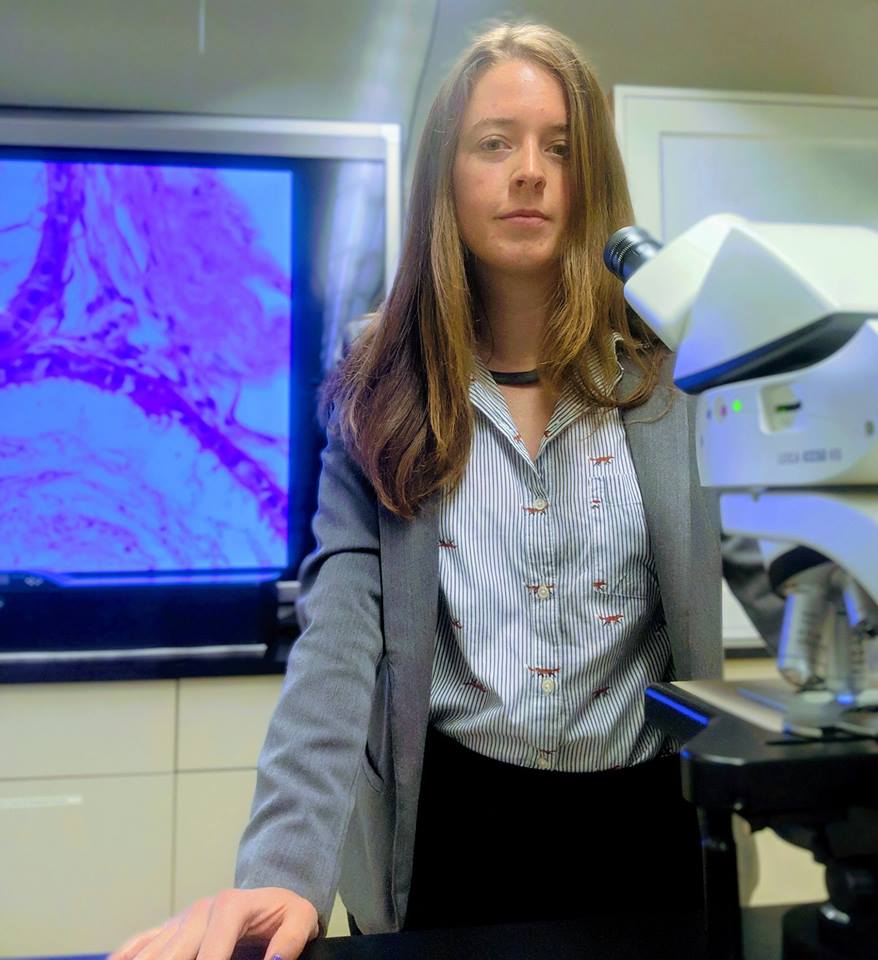
April 13, 2022
4-5pm
Hosted By Dr. Bryan McLean
Abstract
Mammalian olfactory receptors (OR) genes, among the most expansive and fastest-evolving genes in the genome, encode proteins that directly interact with environmental chemical cues. Olfaction is a primary sense used for food detection in plant-visiting bats, but the relationship between dietary specialization and OR repertoires is unclear. Neotropical Leaf-nosed bats (Phyllostomidae) are well known for their dietary radiation and accompanying morphological adaptations for the consumption of new food resources. The evolution of frugivory, nectarivory, and sanguivory from an insectivorous ancestor suggests novel mechanisms of food detection must have also evolved, and behavioral evidence shows phyllostomids strongly rely on olfaction while echolocation is supplemental. Exactly when the profound morphological or genetic changes necessary for dietary shifts emerged is unknown; but to enable new diets, these changes must have preceded dietary diversification. I compared olfactory receptor (OR) genes sequenced from olfactory epithelium transcriptomes and the surface area olfactory epithelia from nasal turbinates in bats with differing diets. Using creative sequencing approaches and innovative imaging staining, I have discovered some ORs are evolving faster than others and it is independent of ecology. However, specialist species tend to show a narrower diversity of ORs than generalists. Morphological results suggest olfactory epithelium surface area is evolving independently from allometry and there are widespread shifts in phenotype. I suggest that both the genetic and morphological basis of odorant detection is highly evolvable and appears largely unconstrained. The evolvability of this exploratory sensory system may promote morphological and genetic innovations may have facilitated diet specialization but may also promote future diversification. Once the COVID-19 pandemic hit, the molecular and morphological diversity of smell, especially in bats, has proven increasingly valuable and relevant. I also present various creative comparative imaging approaches to understand inflammatory responses of different nasal epithelial cell types and their role in the potential neurotropism of SARS-CoV-2. Through incorporating transcriptomic and imaging data of nasal tissue from bat (the primary zoonotic vector for coronaviruses), rodents, and human origin, a clearer picture of the morphological and molecular basis of anosmia induced by SARS-CoV-2 is emerging.